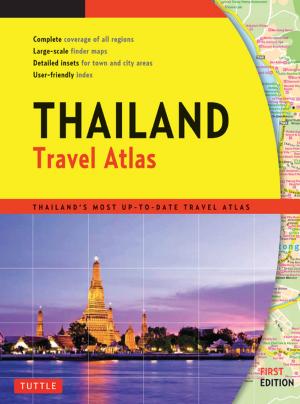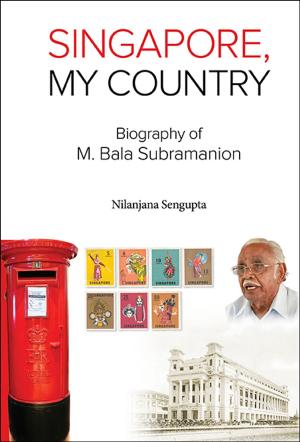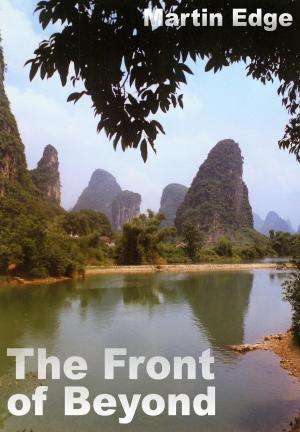| Author: | ISBN: | 3111000000083 | |
| Publisher: | 城邦出版集團 | Publication: | December 20, 2016 |
| Imprint: | 墨刻 | Language: | Chinese |
| Author: | |
| ISBN: | 3111000000083 |
| Publisher: | 城邦出版集團 |
| Publication: | December 20, 2016 |
| Imprint: | 墨刻 |
| Language: | Chinese |
湄公河發源於中國的西藏,綿延4,500多公里,流經中、緬、泰、寮、柬等國,在柬埔寨首都金邊分成兩大支流,再經越南流入南中國海。位於北部的支流稱為前江,也就是上湄公河(Upper Mekong),河水在此又再分為9條支流入海,因此被稱為九龍江,而這片湄公河三角洲就又叫做九龍江平原。
湄公河河水每年固定的泛濫,水漲高達3公尺,歷時數月,而這是九龍河平原富庶的基礎,使平原得以盛產稻米,成為越南主要的米倉。據考古學家估計,這地區的歷史可推至6,000年前,其中最重要的文明是西元1~6世紀左右的渥洮文化,曾發現羅馬時期的金幣。
芹苴是湄公河最大的城市,也是經濟中心,更以大型傳統的水上市場聞名,再加上芹苴令人驚豔的平價小吃及友善居民,絕對令人留下深刻印象,千萬別只是匆匆而過。
湄公河發源於中國的西藏,綿延4,500多公里,流經中、緬、泰、寮、柬等國,在柬埔寨首都金邊分成兩大支流,再經越南流入南中國海。位於北部的支流稱為前江,也就是上湄公河(Upper Mekong),河水在此又再分為9條支流入海,因此被稱為九龍江,而這片湄公河三角洲就又叫做九龍江平原。
湄公河河水每年固定的泛濫,水漲高達3公尺,歷時數月,而這是九龍河平原富庶的基礎,使平原得以盛產稻米,成為越南主要的米倉。據考古學家估計,這地區的歷史可推至6,000年前,其中最重要的文明是西元1~6世紀左右的渥洮文化,曾發現羅馬時期的金幣。
芹苴是湄公河最大的城市,也是經濟中心,更以大型傳統的水上市場聞名,再加上芹苴令人驚豔的平價小吃及友善居民,絕對令人留下深刻印象,千萬別只是匆匆而過。















